What if the wallpaper has come apart at the seams at the joints?
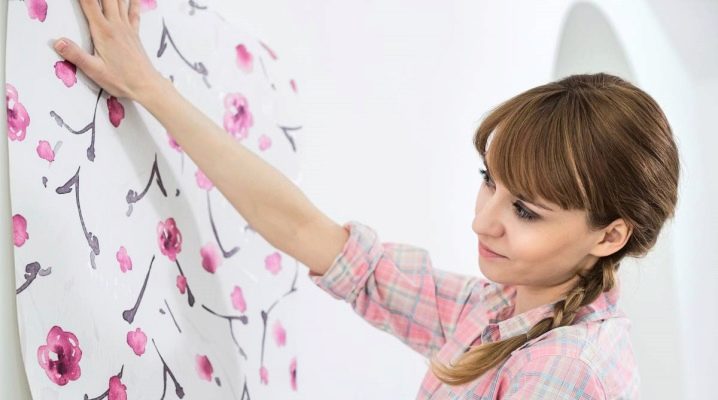
The pleasure of the result of renovation in the house is often overshadowed by some shortcomings. However, most of them can be fixed. So, if the wallpaper has dispersed at the seams at the joints, there are several effective methods for retouching and transforming them.
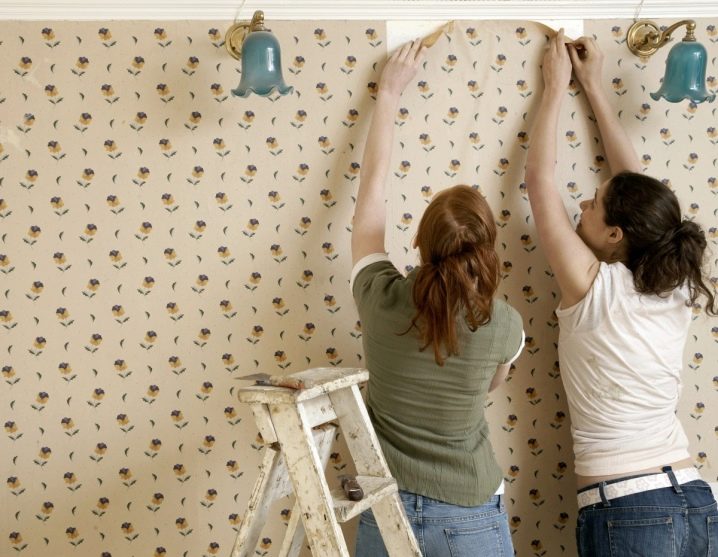
Causes
Most often, the reasons for the wallpaper peeling are the mistakes of the master who made the repair. When starting to update the interior, it is important to approach the procedure as responsibly as possible. So, if the wallpaper came apart at the seams at the joints, most likely, the following shortcomings were made during the work:
- walls were not checked for deformation;
- the old coating has not been removed: previous wallpaper, whitewash or enamels;
- the wallpaper in the corners was pasted incorrectly;
- the glue was applied incorrectly;
- disregard for the rules of gluing;
- the glue was not selected for a specific type of wallpaper;
- the wallpaper had a paper backing.
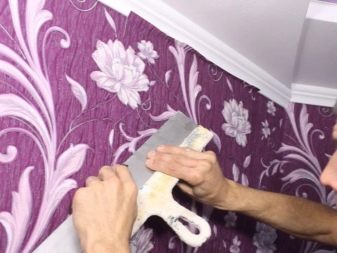

It is much more difficult to carefully glue the wallpaper at the joints after repair than to prevent them peeling off. So, it is important to tap all the walls with a hammer before applying glue to the wallpaper sheets. Seeing scratches, cracks, dents and chips, it is necessary to apply cement mortar, and then plaster and prime the surface. It is the small fragments that have lagged behind the wall that initiate the slow destruction of the aesthetic appearance after renovation.
Besides, it is worth thinking a few times before sticking the tapestries on the old coating... Of course, when there are many layers of previous tapestries, and some of them represent thin paper types, the process can become very time consuming, and each person experiences conflicting feelings, caused primarily by laziness. But it is worth remembering that, firstly, the old coating can come off, and secondly, a fungus can hide behind the old wallpaper, which also causes the coating to come off the walls.
Gluing the tapestries on "clean" primed walls with the help of special solutions, for example, with protection against mold, is a guarantee that no further restoration is required.


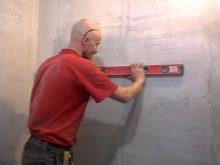
Another possible flaking error is incorrect application. Here it is worth strictly following the instructions, allowing the trellises to soak for the required amount of time. By the way, the instructions will tell you what kind of glue should be used for a particular type of wallpaper, and therefore it is extremely important to carefully study it. It is also worth remembering that the wallpaper does not always come off due to a lack of glue at the joints, because often an excess of adhesive does not allow them to dry properly, which is why their displacement is inevitable.
Very often, the wallpaper peels off in the corners, and the reason is again the inexperience of the master. If there is a seam in a corner on a bend, which is incredibly difficult to adjust to the level, the wallpaper will inevitably diverge. The way out here is simple: the corner is made up of two sheets with minimal overlap.
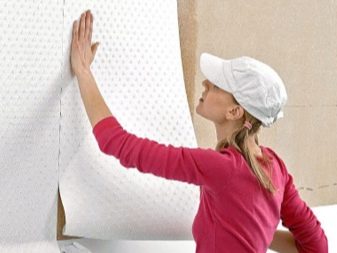
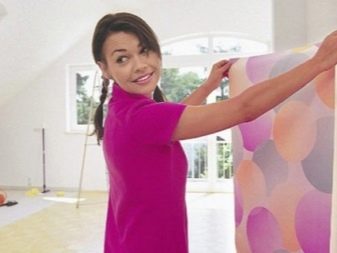
It is worth noting that cracks are often formed on cheap paper wallpaper, because paper tends to stretch when wet and shrink when it dries. The solution may be to use special glue at the joints, which does not allow the paper to move out of its place.
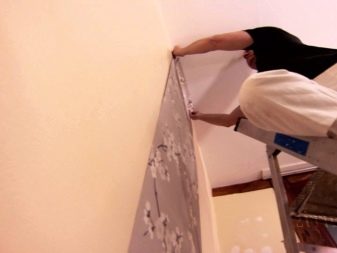

In more expensive copies, as a rule, this problem does not exist. However, restoration may be required for quite objective reasons, for example, after flooding. At the same time, the tapestries swell, acquire an unsightly shade and lag behind the walls. In this case, it is difficult to glue the deformed wallpaper, and therefore it is important to know some tricks.
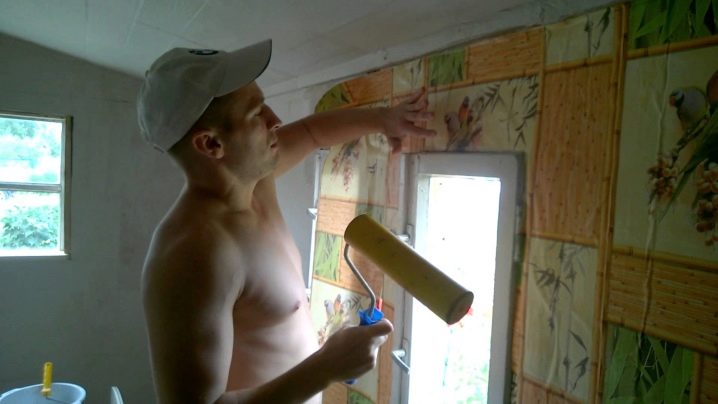
What can you use?
When the joints have already parted at the seams, it is important to glue them as quickly as possible. This can be done using the following means:
- glue;
- brushes;
- spatula;
- rubberized roller;
- syringe;
- tube with a special dispenser.
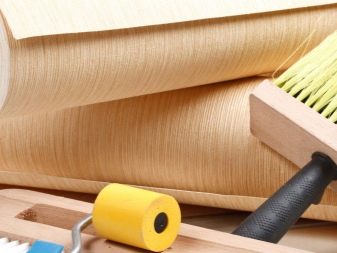
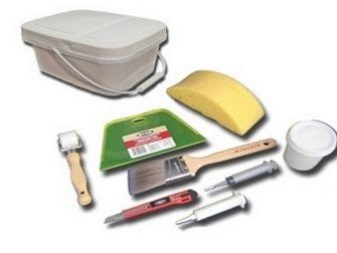
It is worth noting that only wallpaper glue is suitable for pasting. PVA does not dissolve in water, and therefore, after drying, forms yellow streaks, especially noticeable on light coatings.
Nevertheless, some people use similar compounds for gluing, subsequently suffering with the peeling off of the canvases, since PVA fixes the tapestries perfectly. Wallpaper can disperse at the seams even if bubbles form on the surface, which means that the canvas is uneven. You can get rid of unwanted relief using a conventional syringe. The algorithm of actions is as follows:
- pierce a bubble with a needle from a syringe;
- remove the formed air between the wall and the trellis;
- fill the syringe with glue;
- put a syringe with an adhesive inside the canvas;
- wait until the wallpaper is completely impregnated;
- Press the area to be restored firmly and smooth with a roller.
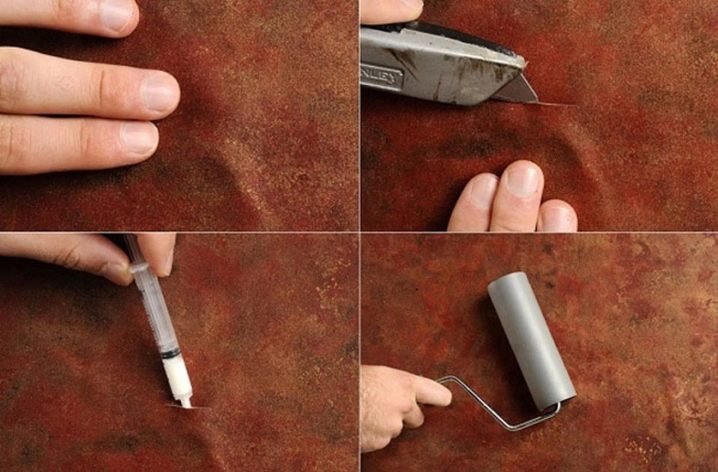
I must say that today on sale you can see special reinforced adhesives for joints. They are distinguished by high viscosity due to the presence of a polyvinyl acetate emulsion in the composition. In addition, the drying speed of any of the professional types of products is several times higher than the drying speed of classic wallpaper glue. The resulting coating acquires not only high strength, but also water resistance.
In the case when there is no glue, some masters advise using a solution of flour or starch and warm water. Experts discourage the use of this method, but for some it becomes a budget bailout. Nevertheless, there are traditional methods, and therefore the method of making homemade paste is worth mentioning. So, for the adhesive you will need:
- a glass of flour;
- 2 tablespoons of starch;
- 2 liters of water.
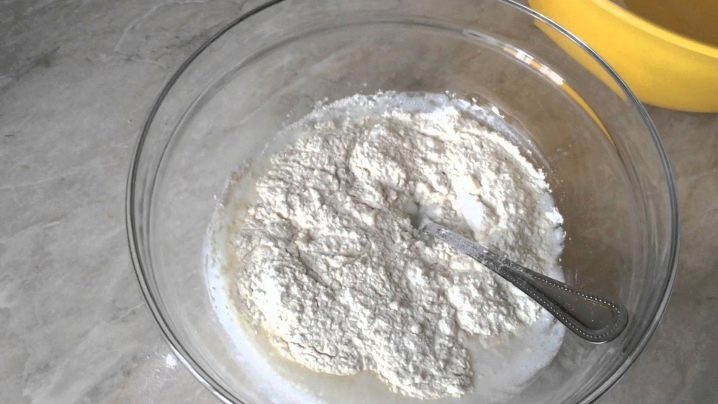
The amount of ingredients in this case is presented in a large portion, however, it can always be changed. So, they put water on fire and wait for it to boil. Flour and starch are mixed with each other and poured with a small amount of cold water until the lumps are completely dissolved. The resulting mass is poured into boiling water with constant stirring in a thin stream. Within 1 minute, the mass is continued to stir, and then cooled. To get rid of lumps, the liquid must be filtered through a colander.
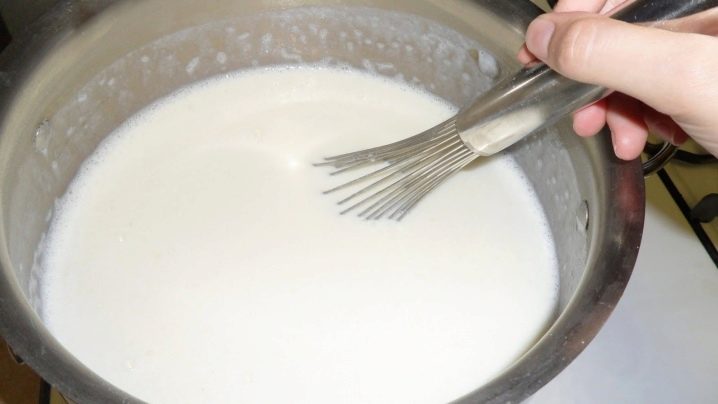
How to glue it correctly?
To restore wallpaper that has come off, it is important to observe the following algorithm:
- gently turn away the tapestries that have moved away from the wall;
- remove the resulting dirt, pieces of putty from the back of the wallpaper;
- Vacuum off loose wallpaper, walls or ceilings. This will eliminate the harmful effects of the remaining dirt and dust;
- remove traces of scuffs around the edges. This can be done with a soft, colorless eraser;
- in the event that the old trellises have moved away from the wall with pieces of putty, and a chip has formed, the wall should be putty and carefully treated with a primer;
- glue the tapestry and wall with a narrow brush. If a small piece has left, then the glue is applied using a special tube or a regular syringe;
- when using paper and textile tapestries, they are pressed against the wall and straightened with a rubberized roller. A damp cloth is used for vinyl wallpaper and tapestries on a non-woven backing. It is worth noting that it is important to move with a roller and a rag in the direction from the middle of the trellis to the joint;
- for faster drying, you can use a hot hair dryer;
- the glued area is smoothed again.
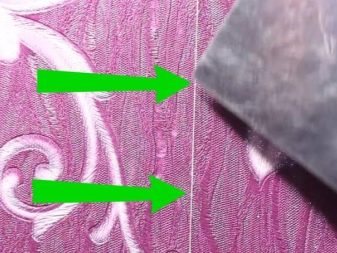


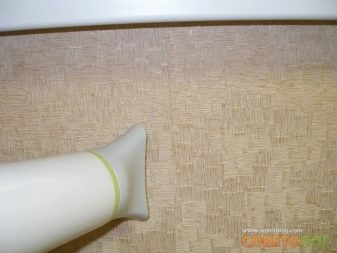
Do not forget that the tapestries should be delicately attracted to each other.
In the case when the seams cannot be hidden, and they are visible, you can use special strips that delimit the space. They are especially suitable for horizontal pasting of various tapestries.Overlapping wallpaper can be repaired in the same way.
Tips & Tricks
Situations where the wallpaper wrinkles and diverges can be avoided by following a few simple rules. First of all, experts strongly discourage buying wallpaper and glue at discount offers. In most cases, prices for them have been reduced due to reasons of expiring expiration date or improper storage conditions.
Second, it is important to read all the instructions for wallpaper and adhesives. It is also necessary to prepare all tools such as rollers, clean dry and damp rags. It is better not to use folk methods, after all, the era of scarcity has long passed, and a wide range of products allows you to choose a product for every taste and wallet.
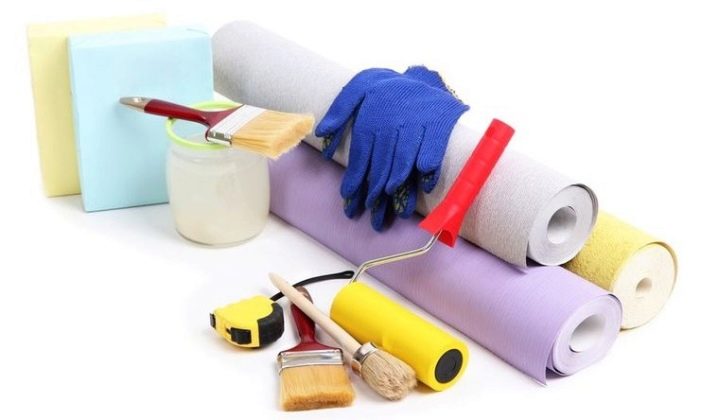
In addition, it is more reasonable to carry out pasting and restoration in the apartment before the start of the heating season. Wallpaper should dry naturally and not be exposed to drafts from open vents and windows.
It should be noted that it is due to drafts that folds and wrinkles can occur when gluing. You can remove folds from paper, vinyl and non-woven wallpaper by peeling off the necessary part of the trellises from the surface and then applying them according to all the rules.

It is also important to note the possibility of decorating and masking the hole in the wallpaper. This situation can happen when the trellises are pulled together at the joints. It is possible to disguise an unsightly error if you have:
- the remaining pieces of wallpaper;
- decorative stickers;
- various kinds of applications.
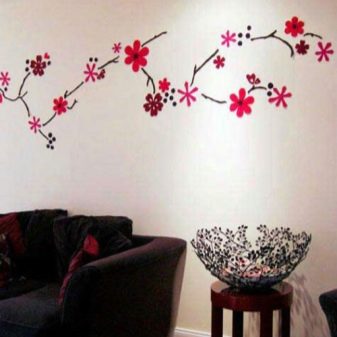

So, to close up the hole more inconspicuously and neatly, you can find exactly the same piece of wallpaper from a spare roll. For this:
- a piece of the patch is carefully selected;
- cut to size with a sharp clerical knife;
- tightly applied to the place of the hole and check the correctness of the selection;
- stick the patch with glue to the damaged area;
- cut out the glued patch with a knife along with an old piece of wallpaper and pick the area with a knife;
- peel off the patch from the damaged piece;
- glue the new area again;
- neatly glued to the part of the surface freed from the wallpaper.
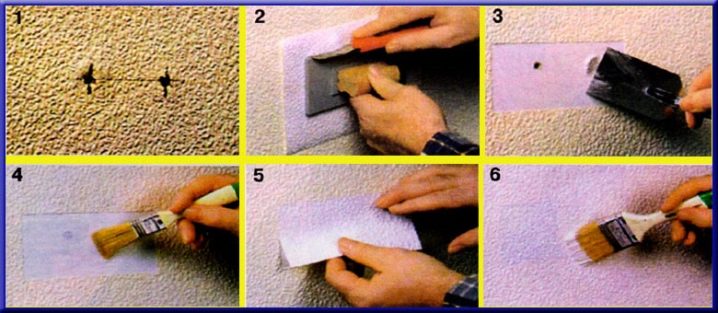
In such a simple way, there will be no gaps between the patch and the main part of the wallpaper. Nevertheless, there are cases when there are no remnants of the tapestries, and the hole is visible not only on the wallpaper, but also on the wall itself. It is then that the only opportunity remains to decorate the areas with the help of stickers. It should be noted that today their diversity delights... For the kitchen, fruits, flowers, images of food and drinks are selected, for the living room and hallway - natural motives, as well as animal prints.
If, when attracting the tapestries in order to remove the cracks in the joints, a large piece is damaged, then only an application of impressive size, which is usually made of durable films, can mask it.


She looks stylish and up-to-date, and children's rooms with her are transformed and become naive and fantastic. When applying one or another method of masking the dispersed joints, it is important to remember that it would be much easier and more aesthetically pleasing to prevent their appearance at the stage of preparation for repair and gluing wallpaper.
A plastered surface with a high-quality primer will several times reduce the likelihood of seams and unsightly cracks, and the choice of good glue and strict adherence to the instructions will help to avoid wasted time busy with additional repairs.
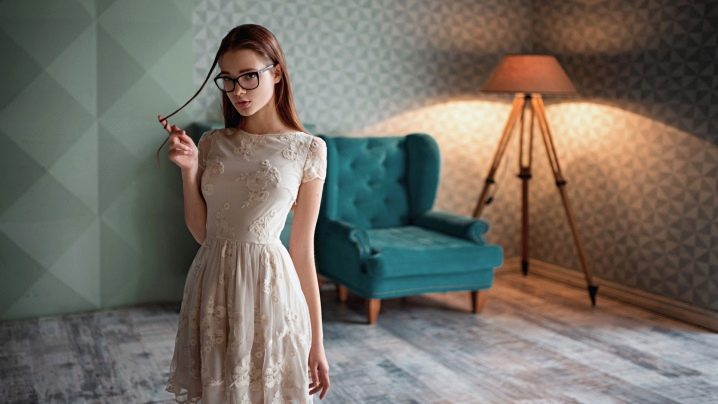
For information on how to glue the wallpaper correctly with your own hands, see the next video.













The comment was sent successfully.